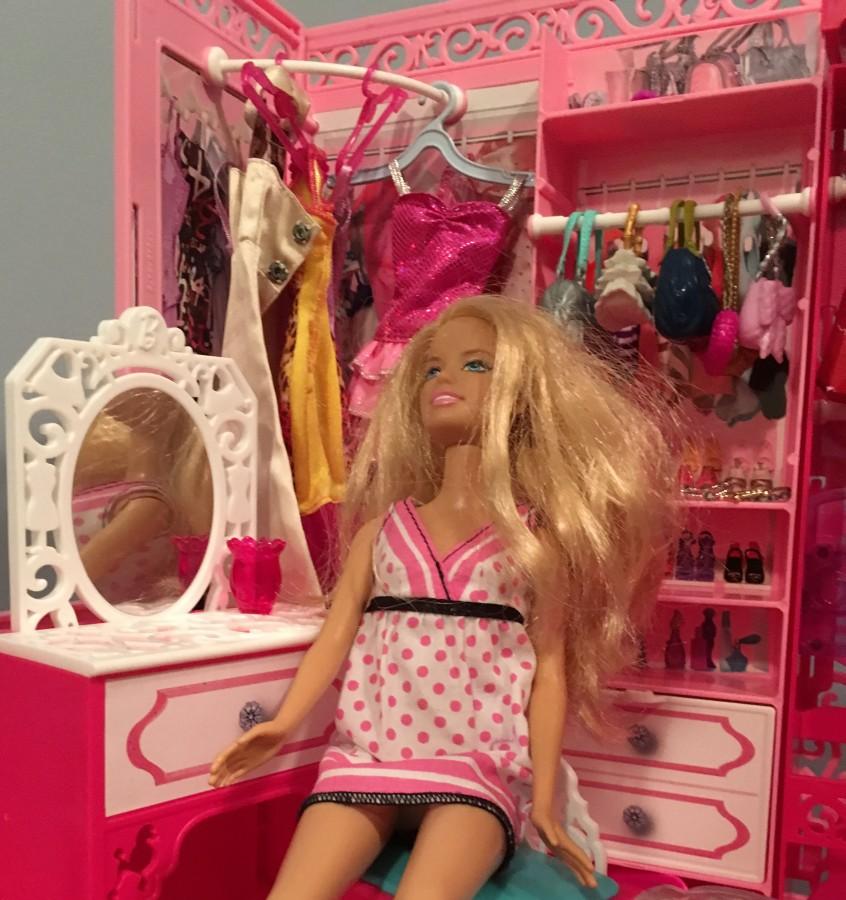Barbie Broadens Beauty Standards
Barbie has maintained the same mold since the beginning, until this year’s variations.
The era of body positivity for dolls and the young girls influenced by them has begun.
Barbie dolls have been around since 1959, and have kept the same, unattainable figure through 2015. Beginning this year, however, Mattel introduced changes to the doll’s original proportions which have taken blame for young girls’ insecurities for decades.
On January 28, for the first time ever, the company presented Barbie in three new body types: curvy, tall, and petite. In addition, the new line of “Fashionista Dolls’ included seven skin tones, 22 eye colors, 30 hair colors, 24 hairstyles, and 14 face shapes. Hopefully, with the addition of different body types and more diversity, increased body positivity and tolerance will continue on for generations to come.
Throughout the years, Barbie has worked to expand their horizons in order to depict a broader spectrum of women with their iconic dolls. In 1967, Mattel introduced the first African-American Barbie. Later, in 1980, the first Asian Barbie was brought forth as a component of the “Dolls of the World” collection. For 56 years, however, the most significant change Barbie underwent were additional ethnicities and extended careers. It wasn’t until just last month that a change was made in the standard doll mold used to form the classic blond-haired, blue-eyed doll with a so-called “ideal” body.
The source of the change stems from consumer complaints which have been accumulating for years. The third-quarter sales in 2015 may have been somewhat of a wakeup call for Mattel, because Barbie sales dropped 14 percent since the same time in 2014. Even with the great progress made from the 1991 “Teen Talk Barbie,” who claimed “Math class is tough,” to the 2012 “I can be President” Barbie, who was available in multiple races, Mattel still had a long way to go.
Being so iconic and well-known, it is expected that Barbie’s change will not only boost sales but also spread positivity and change the mindset of kids while they’re still young and impressionable. For so long, Barbie captured beauty in just one form, unintentionally teaching children that the definition of beauty was a perfectly trim body, coiffed blond hair and bright blue eyes. Success was characterized by only the body that every woman dreams of, but in reality, no woman has. The new Barbie, on the other hand, is making strides to show that beauty is not defined by one’s hair, eyes, skin color, or body type. Beauty comes in many different forms and shines from the inside out.
The consensus around Adams is that these changes can produce nothing but a good outcome. Boys and girls alike were happy to see Barbie making such progressive strides.
“I think it’s really cool,” said senior Katie Rourke. “It will help girls feel more confident from a younger age.”
Fellow senior Bobby Mishra agreed. “The new Barbies will teach girls that skinny and perfect don’t always correlate. I think it will teach them to be comfortable in their own skin and that they don’t need to look exactly like the standard Barbie to be considered beautiful.”
The only bit of criticism found among students was that no changes were implemented to create a more realistic Ken Doll, Barbie’s counterpart, which remains the standard, idealistic man.
For years, Barbie’s unnaturally thin figure has held her back from being noticed for her professional ambitions. Hopefully, the introduction of more diversity will allow Barbie to be an inspiration to young girls and boys as she was always meant to be.







